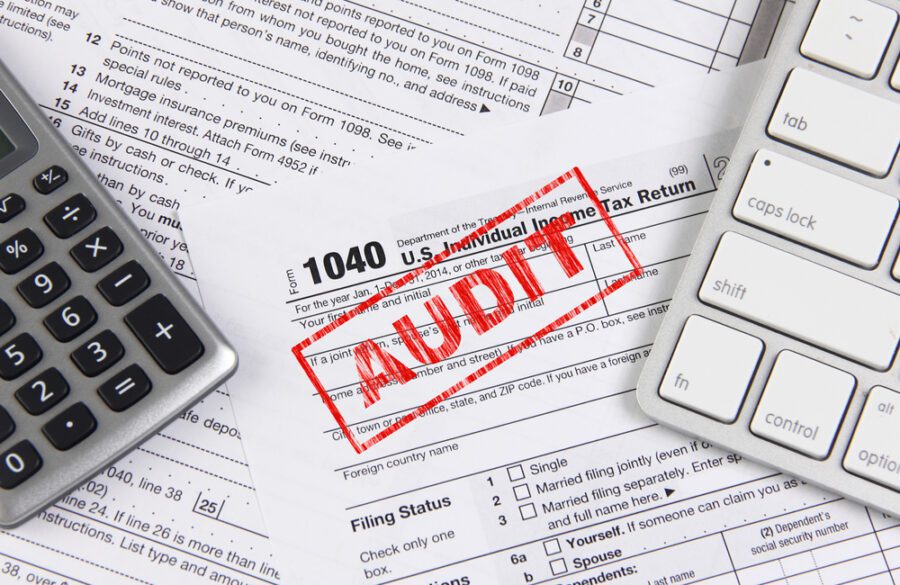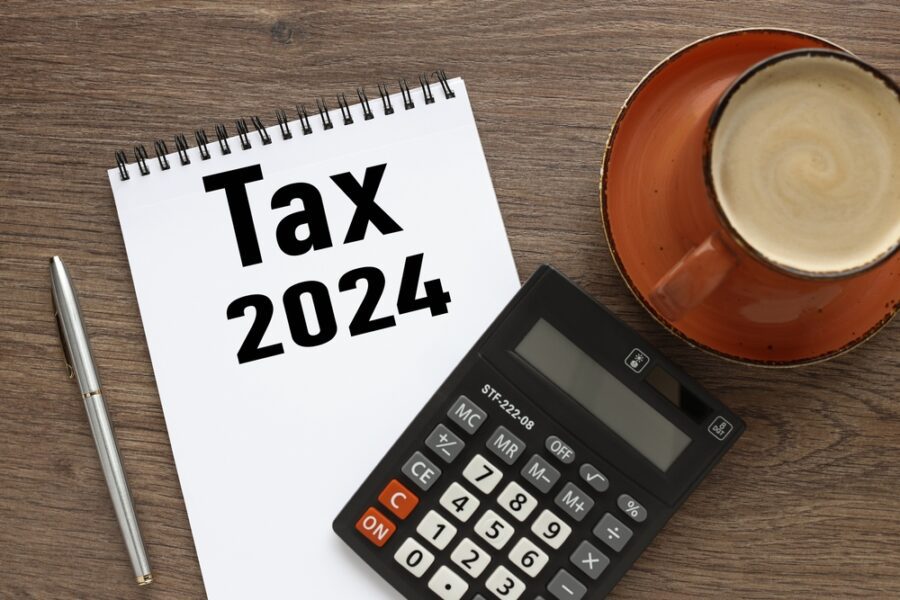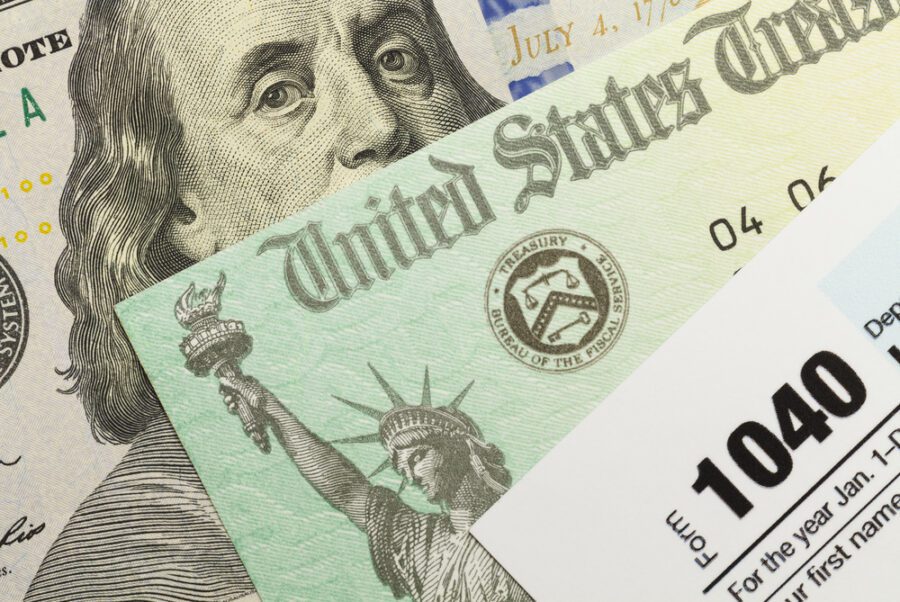
2 Years Out: Taxes, Taxes, Taxes
As you get closer to retirement, your focus must shift to one of the most overlooked aspects of financial planning: taxes. Your tax situation in retirement will likely be very different from what you’re used to. Understanding how your income will be taxed is essential for making your money last.
Understand Your Future Tax Picture
Many retirees are surprised to learn that their Social Security benefits may be taxable. Whether they are, and how much, depends on your provisional income. This is a specific calculation used by the IRS. It’s not a number you’ll find on any other form. You must calculate it yourself.
The formula is: Your Adjusted Gross Income (AGI) + any non-taxable interest (like from municipal bonds) + 50% of your Social Security benefits. Your AGI includes withdrawals from traditional 401(k)s or IRAs, pension income, wages from part-time work, and investment gains.
Let’s walk through a mini-math example. Suppose a married couple filing jointly has the following income for the year: $30,000 from IRA withdrawals, $5,000 in taxable interest and dividends, and $40,000 in Social Security benefits. First, we find their AGI, which is $30,000 + $5,000 = $35,000. Next, we add 50% of their Social Security benefits ($40,000 / 2 = $20,000). Their provisional income is $35,000 + $20,000 = $55,000. Based on IRS rules for a given tax year, a portion of their Social Security benefits would be subject to federal income tax because their provisional income is above the established thresholds. You can find the latest income thresholds on the IRS website.
Plan for Tax-Efficient Withdrawals
You likely have money in different types of accounts, and they are all taxed differently. This is called tax diversification, and it’s a powerful tool in retirement.
Tax-deferred accounts, like a Traditional 401(k) or IRA, were funded with pre-tax dollars. Every dollar you withdraw from these accounts is taxed as ordinary income, just like your old salary.
Tax-free accounts, like a Roth 401(k) or Roth IRA, were funded with after-tax dollars. This means all qualified withdrawals you make in retirement are completely tax-free.
Taxable brokerage accounts hold investments like stocks and mutual funds. When you sell an investment that has grown in value, you pay capital gains tax, which is often at a lower rate than ordinary income tax, especially if you’ve held the investment for more than a year.
A smart withdrawal strategy often involves taking a little bit from each type of account to control your taxable income each year. For example, you might withdraw just enough from your traditional IRA to stay in a lower tax bracket, then take the rest of the cash you need from your Roth IRA or brokerage account.
Also, be aware of Required Minimum Distributions (RMDs). The government requires you to start taking withdrawals from your tax-deferred retirement accounts once you reach a certain age (currently 73 for most people, but this can change). The IRS has specific rules for calculating your RMD each year. Failing to take your RMD results in a stiff penalty.









